
How to Make Taste-Safe Water Beads
For the past 3 or 4 years, water beads have been a staple in our weekly activities. They are so easy to make and a wonderful sensory play item for all ages. So when a friend told me she heard of people making edible water beads using tapioca pearls, I had to test it out!
The process of making the taste-safe water beads was very simple. Getting the taste-safe water beads to take on a color… totally different story. It took a lot of trial and error to find the best way to turn them into vibrant-colored beads. We will get to that part shortly!
But before we jump into the edible water beads, let’s talk about the benefits of sensory play.
What is Sensory Play?
Sensory play includes any activity that incorporates the five common senses.
Activities that involve movement of the body (such as awareness or position of the body) are also categorized as sensory activities. When you think about it, so many activities that our babies do in their day-to-day play could be considered a sensory activities! If you would like to browse all of the sensory activities, we have shared on Little Learning Club, you can do so here.
A few examples of sensory play include balancing while walking on a curb, making moon sand, or doing a taste test of a variety of fruits. Listening to kids’ audiobooks is another fun and educational sensory activity!
Benefits of Sensory Play
Creating activities for children to actively use their senses as they explore their world through sensory play is crucial to brain development. Sensory Play helps to build nerve connections in the brain’s pathways. Sensory activities encourage the development of fine and gross motor skills as well as language development. While the idea of setting up an activity that has THIS many benefits may seem intimidating, it is actually quite simple! The more you research these types of activities, the more you realize that there are opportunities for sensory learning just about everywhere!
The Benefits of Sensory Play: Toddlers (13mo-3 yrs)
As your baby becomes a toddler, there is a whole new level of skills they are working to develop, like language skills and cognitive abilities. This opens up a whole new world of sensory play possibilities. Try to incorporate activities that allow them to be a little more independent while also incorporating age-appropriate educational aspects like color matching, sorting smallest to largest or vice versa, and matching.
The Benefits of Sensory Play: Preschoolers (3-5 yrs)
Starting at the age of three, the independence in play really increases. Aim to find activities that allow this and encourage it! Language development is also increasing at a rapid rate. Challenge your preschooler to tell you more about what they are doing during their sensory play. Can they tell you a story about their activity? What challenges are they facing? This will also help boost the cognitive development of the activity.
How to make Edible Water Beads
I ordered three bags of tapioca pearls from Amazon. When shopping for these, be sure to pay attention to the size of the tapioca balls. There are options out there for very small beads (think almost like chia seeds) and then the size that most resembles your typical water bead. Here’s the link for the ones I ordered.
Now if you want to make this process super easy (meaning you don’t have to go through the process of coloring your pearls like I did), you can simply search for “flavored popping beads” on amazon and you will find a huge selection of already colored AND FLAVORED pearls that are pretty much instantly ready for sensory play!
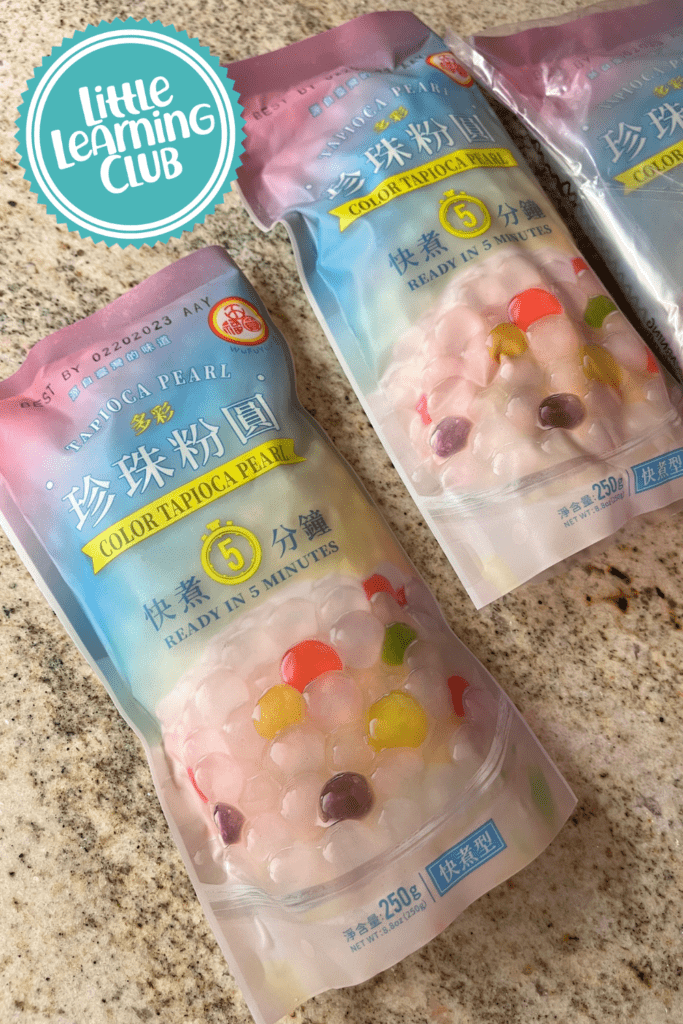
To cook them, I simply added about 5-6 cups of water to a bot, brought it to a boil, and added in the beads. Once all the beads float to the top of the water, let them boil for another few minutes. The pear should look almost totally transparent and not have a dark white center anymore. You want to be sure not to over or undertook them as this can lead to them being very hard or very slimy. Once the beads were cooked, I poured all the beads from the pot into a strainer and rinsed them under cool water. Once cooled and rinsed, I separated my beads into a few different glass bowls for coloring.
This was pretty time-consuming as I was really learning as I went a lot. Biggest lessons learned: the more food coloring you add and the longer you let it sit, the more vibrant the colors will be. But an even more important lesson learned: rinse you beads WELL once you are done with coloring to avoid color transfer onto hands and onto the other beads once combined into now bowl.
As long as you follow those two steps, you should have a fun, vibrant and taste-safe sensory activity for your little one!
As with all activities, please be sure to monitor your little one closely while playing.
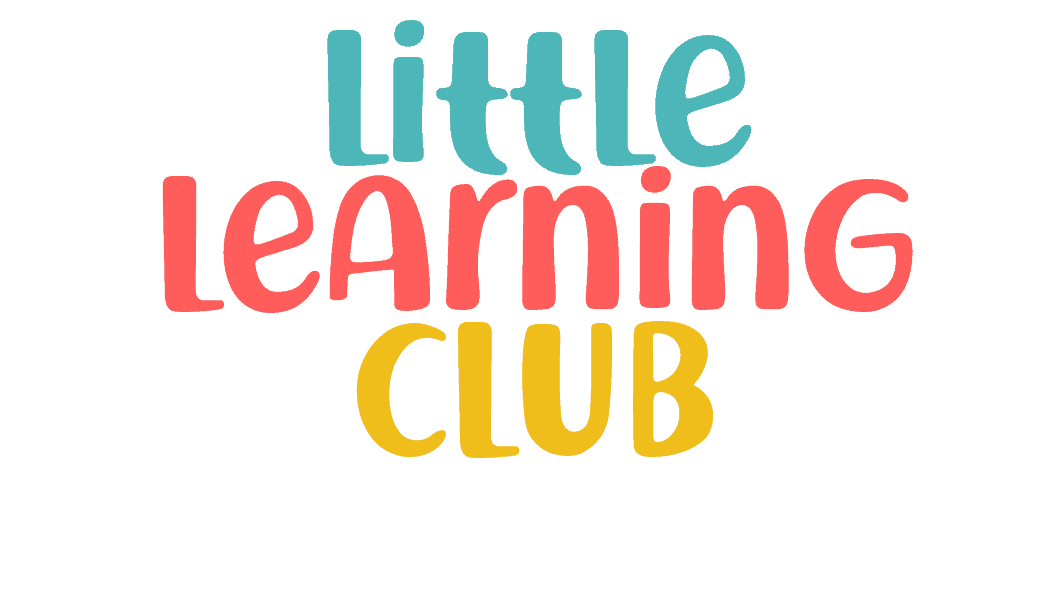
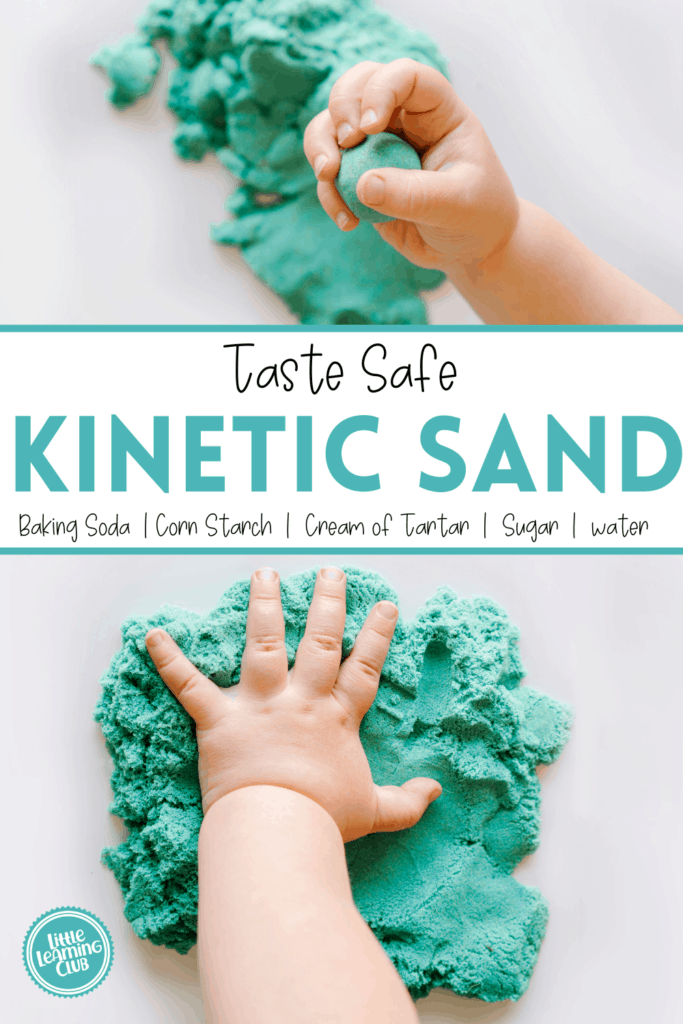
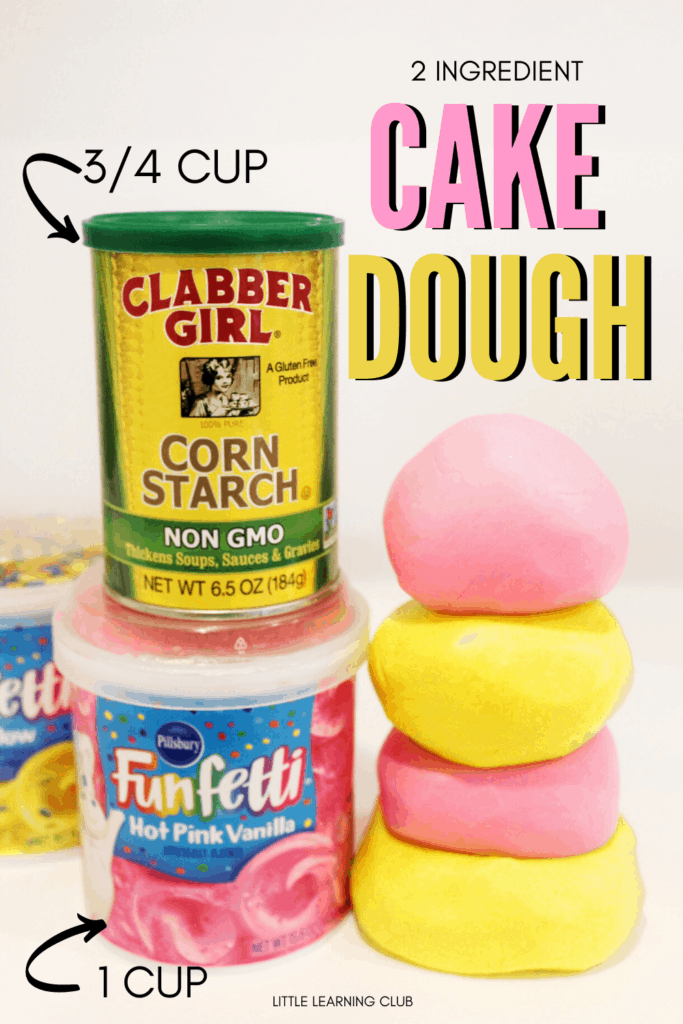
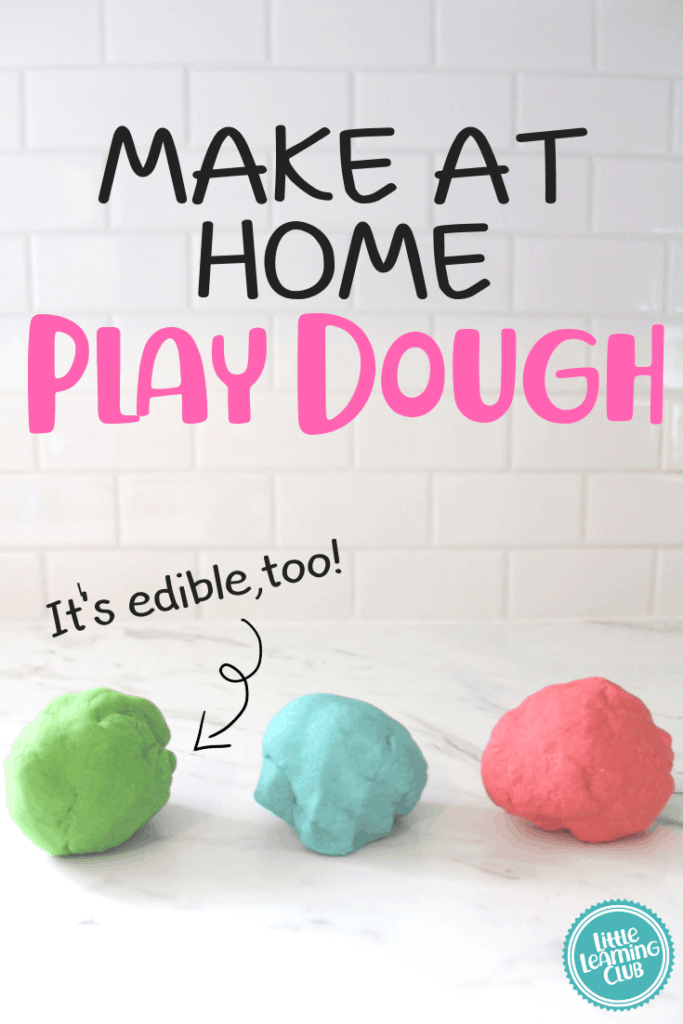
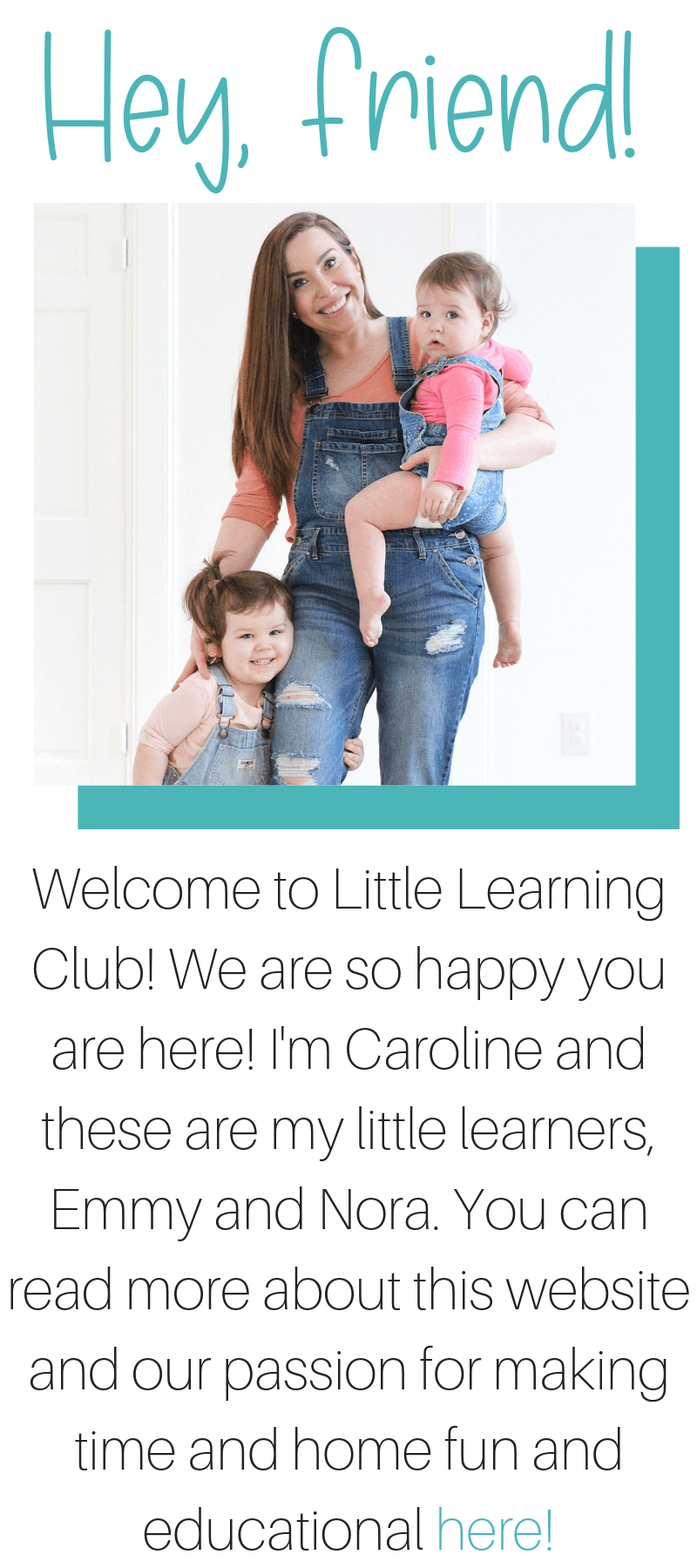



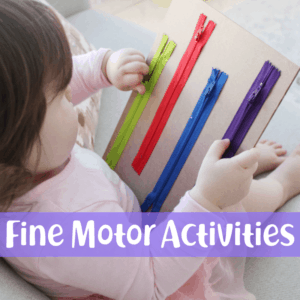



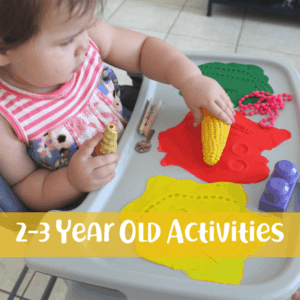
How long are these good for? If you cover and refrigerate them do they last a bit longer, or should you just toss them after each use?
Good question! I covered ours overnight with the lid that came with the tupperware. By morning they were a little sticky and I was able to add a small amount of water to fix this problem. My girls really like to squish the water beads into little pieces with their fingers or sensory tools so by the end of day two there were not beads left and that was the end of the activity for us. So, unfortunately, I don’t have any advice on how to make them last longer than 2 days! If you do try out the fridge method, please let us know how it works!